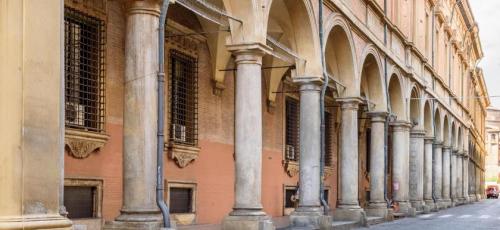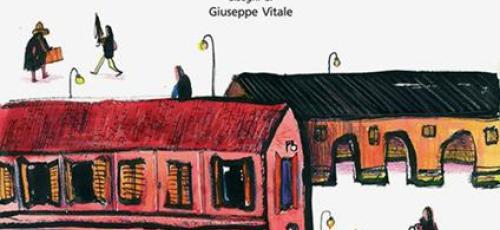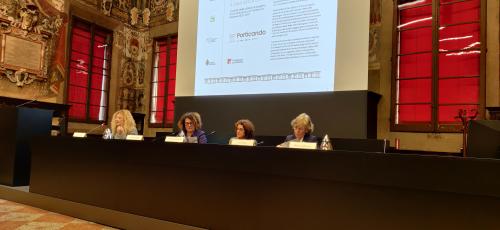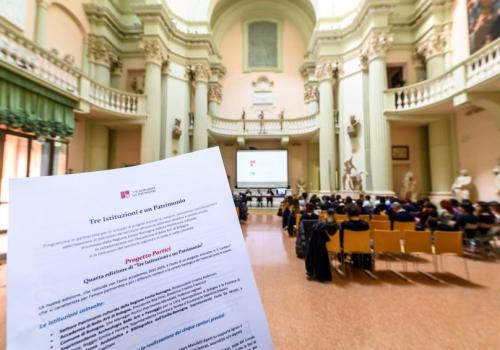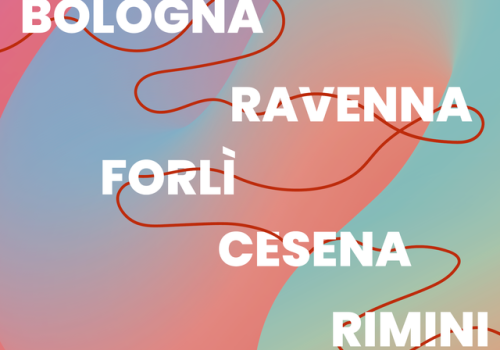I Portici di Bologna
Patrimonio Mondiale
Patrimonio Mondiale
I Portici di Bologna sono stati iscritti nella Lista UNESCO del Patrimonio Mondiale il 28 luglio 2021. Si tratta di un sito seriale che comprende 12 gruppi di portici e le circostanti aree edificate, situati all’interno del Comune di Bologna, e costruiti dal XII secolo fino ad oggi. Definiti come proprietà privata per uso pubblico, questi insiemi di portici sono diventati espressione ed elemento dell’identità urbana di Bologna.
Scopri la Serie dei Portici
Ogni componente della serie è descritta anche in LIS
Resta aggiornato
Notizie ed Eventi
Portici patrimonio mondiale
Lo sapevi che
Per il loro eccezionale valore universale come stabilito dal Comitato del Patrimonio mondiale il 28 Luglio 2021.
La loro caratteristica peculiare è di essere di proprietà privata ma di uso pubblico.
La rete dei percorsi porticati di Bologna è lunga 62 km... per ora!

































